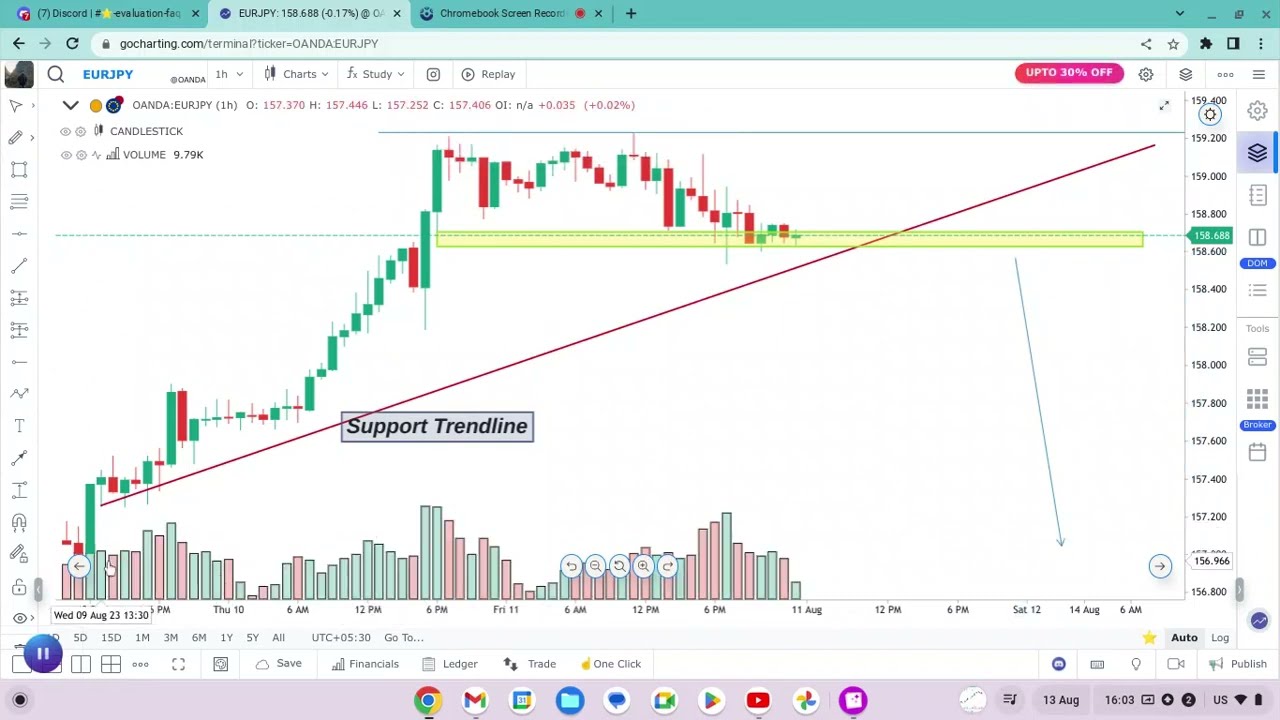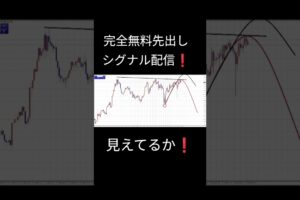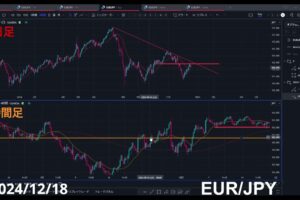EURJPY 1-hour analysis for a potential short trade, including information about resistance and support levels, as well as risk management.
EURJPY 1-Hour Analysis:
*1. Resistance and Support Levels: To analyze potential resistance and support levels on the EURJPY 1-hour chart, you should consider looking at recent price action and key levels. These can help you identify areas where price might react and potentially reverse. For this example, let’s say you’ve identified the following levels:
Resistance: Around 159.300
Support: Around 157.200
*2. Short Trade Entry: Based on your analysis, if you believe that the price is likely to move lower, you might consider entering a short trade when the price approaches the resistance level. This could be an area where sellers could become active, potentially leading to a reversal.
*3. Stop Loss Placement: To manage your risk, it’s crucial to place a stop-loss order above the resistance level where you expect price to reverse if your analysis is incorrect. Let’s say you decide to place your stop loss at 159.400 This would give the trade some breathing room while protecting you if the price unexpectedly breaks through the resistance.
*4. Take Profit Target: Identify a logical area where the price might find support, which aligns with your analysis. Given the support level around 157.400, you might consider placing your take-profit order slightly above this level to ensure you capture potential profit before a potential bounce.
*5. Risk Management: Risk management is crucial to trading success. Decide how much of your trading capital you’re willing to risk on this trade. A common rule of thumb is to risk no more than 1-2% of your trading capital on any single trade. Calculate the difference between your entry price and your stop loss, and then adjust your position size to fit within your risk tolerance.











コメントを残す